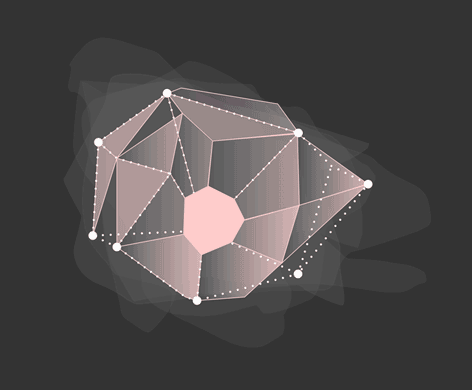Pictorial Involvement. Providing access to philosophical texts via visualization through artistic practice
DOI:
https://doi.org/10.7577/formakademisk.500Emneord (Nøkkelord):
design theory, teaching philosophy, visualization of philosophy, emotional involvement, animated film, students’ understanding of theorySammendrag
Theory dissemination in design can be labelled with what Rittel and Webber called a “wicked problem”. Design educators do not only struggle with the vague ontology of their discipline, but also with the fact that basic conjectures are seldom made explicit, which impedes possibilities for teaching design theory to students. This article addresses the question of how to facilitate theoretical understanding in design with the help of visualization through artistic practice. Following the introduction, which provides reasons for teaching philosophy in design at any rate, the second section presents features of a philosophy introduction course at the Oslo School of Architecture and Design (AHO). Section three introduces an experimental project on visualization through artistic practice conducted in this course in 2010. Section four presents project results by evaluating the students’ experiences. Conclusively, section five discusses benefits and challenges of this type of visualization for understanding theory in design. Results are meant to contribute to theory dissemination in the design disciplines.

Nedlastinger
Publisert
Hvordan referere
Utgave
Seksjon
Lisens
- Forfatteren(e) beholder sin opphavs- og kopieringsrett til eget manuskript, men gir tidsskriftet varig rett til 1) å fremføre manuskriptet for offentligheten i den opprinnelig publiserte digitale form, og 2) å registreres og siteres som første publisering av manuskriptet.
- Forfatteren må selv forvalte sine økonomiske kopieringsrettigheter overfor eventuell tredjepart.
- Tidsskriftet gir ingen økonomisk eller annen kompensasjon for innsendte bidrag, medmindre det er gjort særskilt avtale om dette med forfatteren(e).
- Tidsskriftet plikter å arkivere manuskriptet (inklusive metadata) i den opprinnelig publiserte digitale form, i minst ett dertil egnet åpent tilgjengelig langtidsarkiv for digitalt materiell, som for eksempel i de norske universitetenes institusjonsarkiv innen rammen av NORA-samarbeidet.
Verket vil bli publisert OpenAccess med en Creative Commons 4.0-lisens som tillater alle å lese, dele og tilpasse innholdet, også kommersielt, under lisensvilkårene:
Dette verket må tilskrives/ krediteres på riktig måte, en lenke må gis til CC-BY 4.0-lisensen, og endringer som er gjort må angis på en rimelig måte, men ikke på noen måte som antyder at lisensgiveren støtter deg eller din bruk.



